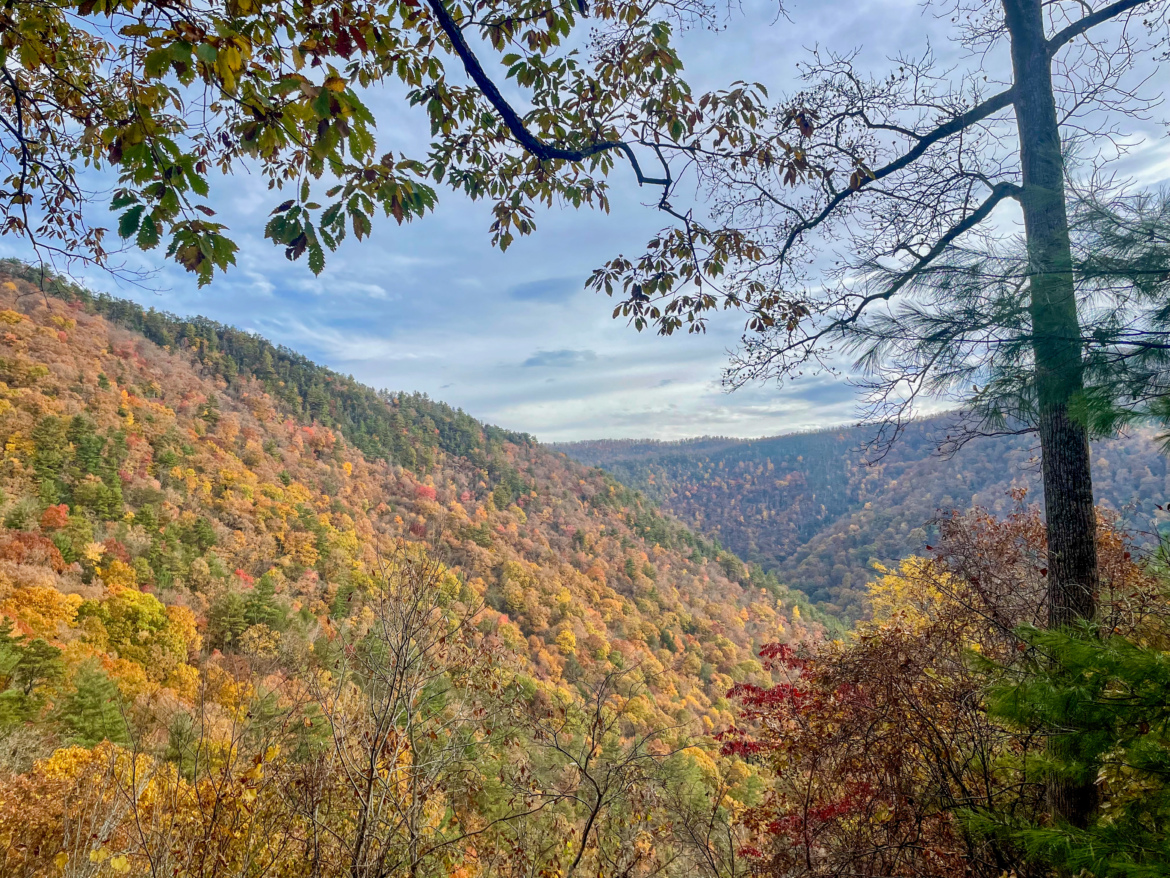
A small mountain bike trail system, known as the Hampton Watershed Trails, is tucked in a forest near the small town of Hampton, Tennessee. But it won’t stay small for much longer. Ample, untouched forest behind the Hampton Watershed is allowing the trail system to double in size. A portion of a historic railway will be resurrected, creating a bike path that connects the expanded trail system to a nearby bike park.
The history of Carter County mountain biking
Carter County, Tennessee, is an outdoor paradise, where a resident can kayak, mountain bike, and ski all in the same day. Just ask Wesley Bradley — the lifelong resident of eastern Tennessee has done just that.
Bradley got involved with the Tri-Cities chapter of the Southern Off-Road Bicycle Association (SORBA) years ago. He now serves as the Trail Coordinator for the Hampton Watershed, where six miles of new trails are planned.
Singletrack at the Hampton Watershed dates back to 2003 when Troop 29 of the Boy Scouts of America cut trails in the area. These were old-school, cross-country style loops that stood the test of time. Despite being worked on, maintained, and somewhat updated, Carter County mountain bikers are still riding those same Boy Scout trails.
“The original history of the trail system started out with three small loops,” Bradley explained.
Pine Loop is a mile-long green trail from the trailhead, climbing and descending about 100 feet as it makes its way back to the trailhead. Roughly halfway through the Pine Loop, riders can connect to the intermediate trail, known as the River Loop. The River Loop is longer, with a 170-foot elevation gain, and features more rock and technical elements.
Green graduates to blue, which eventually moves to the black, advanced loop, named The Cat’s Pajamas. The black trail branches off and reconnects to the River Loop, spanning over 1.5 miles.
“It’s a steep climb up basically an old mine mining road,” Bradley said about The Cat’s Pajamas. “And then, a really fun flow, rake-and-ride style trail through a lot of rhododendron and hardwood forests back down”
The Hampton Watershed trails consisted of those three loops for well over a decade. In 2017, Bradley and SORBA Tri-Cities began considering an expansion, and they established a master plan.
Phase one of the plan called for three more miles of trail, and they were completed in 2022. Two directional trails were added on the backside of the three loops — Bee’s Knees and Stemwinder.
Bee’s Knees is an intermediate climbing-only trail, extending roughly a mile and a half and climbing nearly 500 feet above the River Loop. It ends at Stemwinder, a descending-only intermediate flow trail that drops almost 600 feet in roughly the same distance.
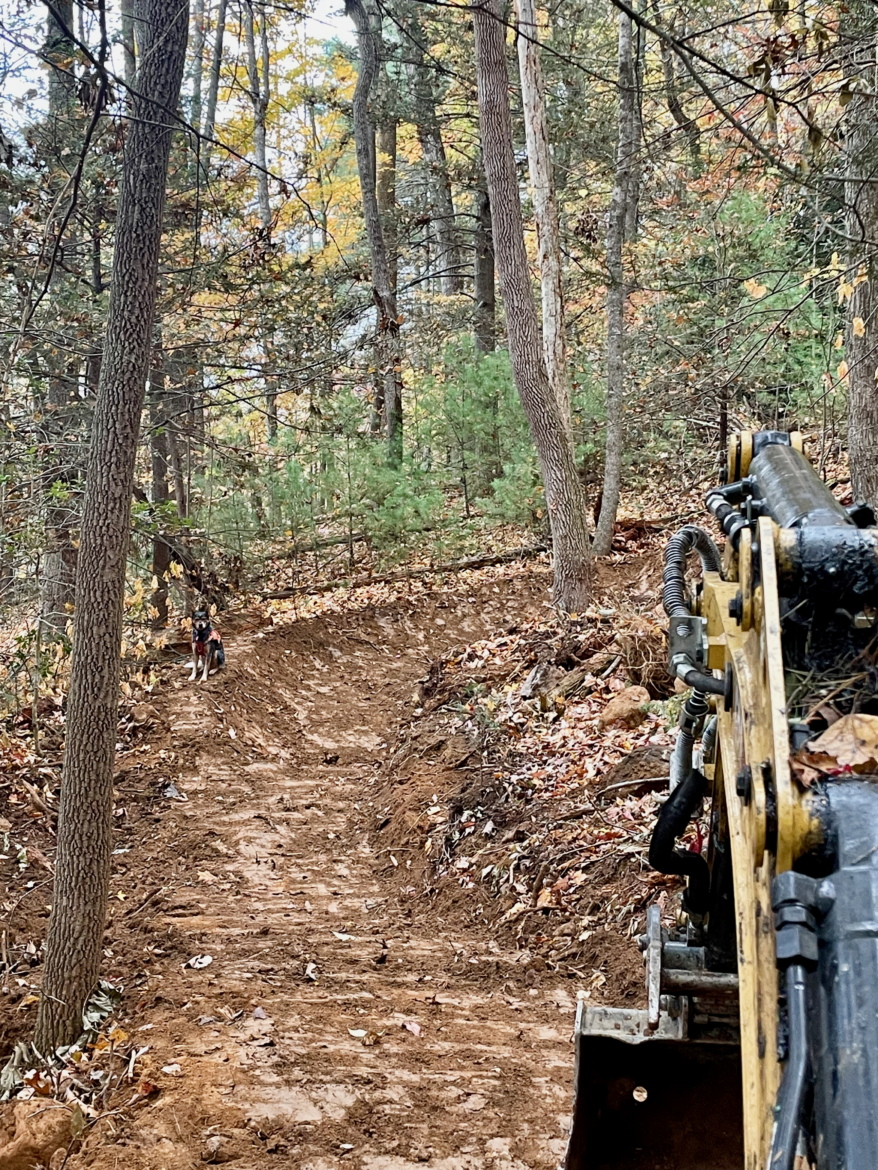
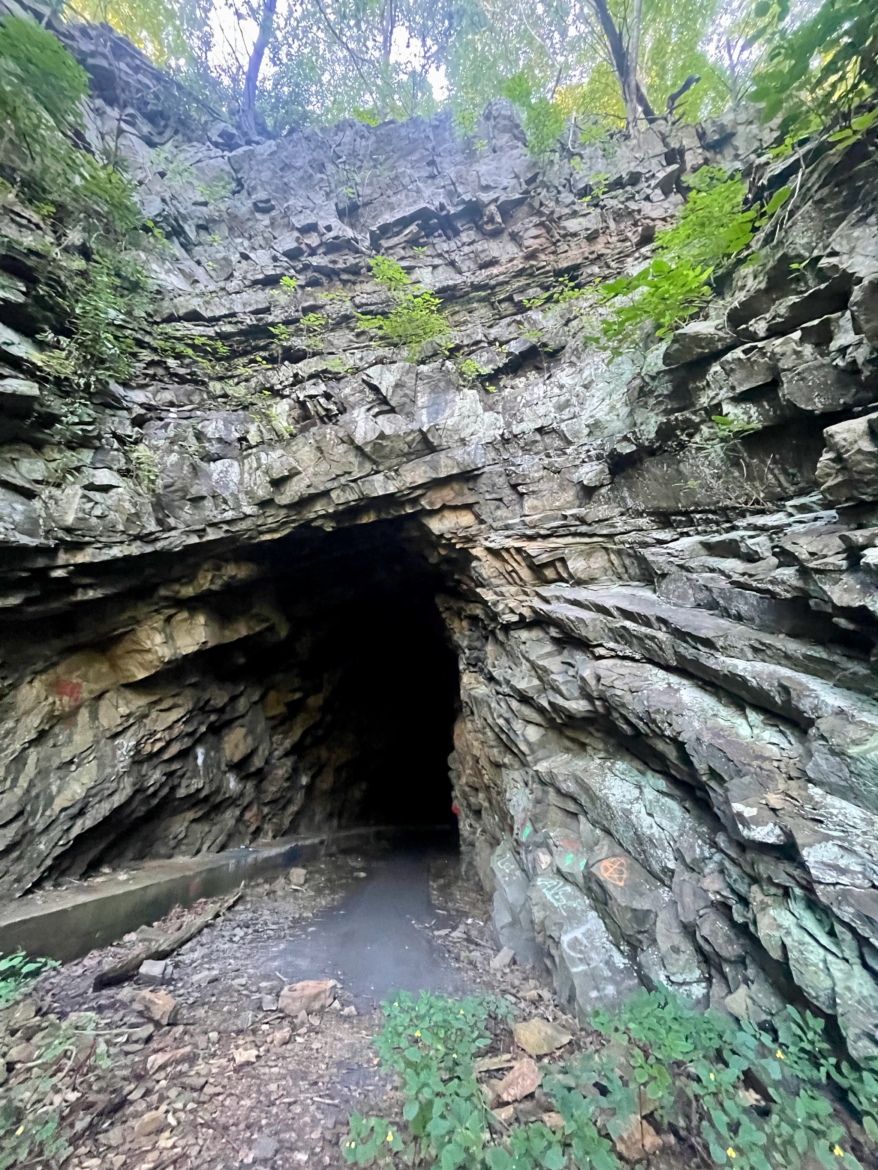
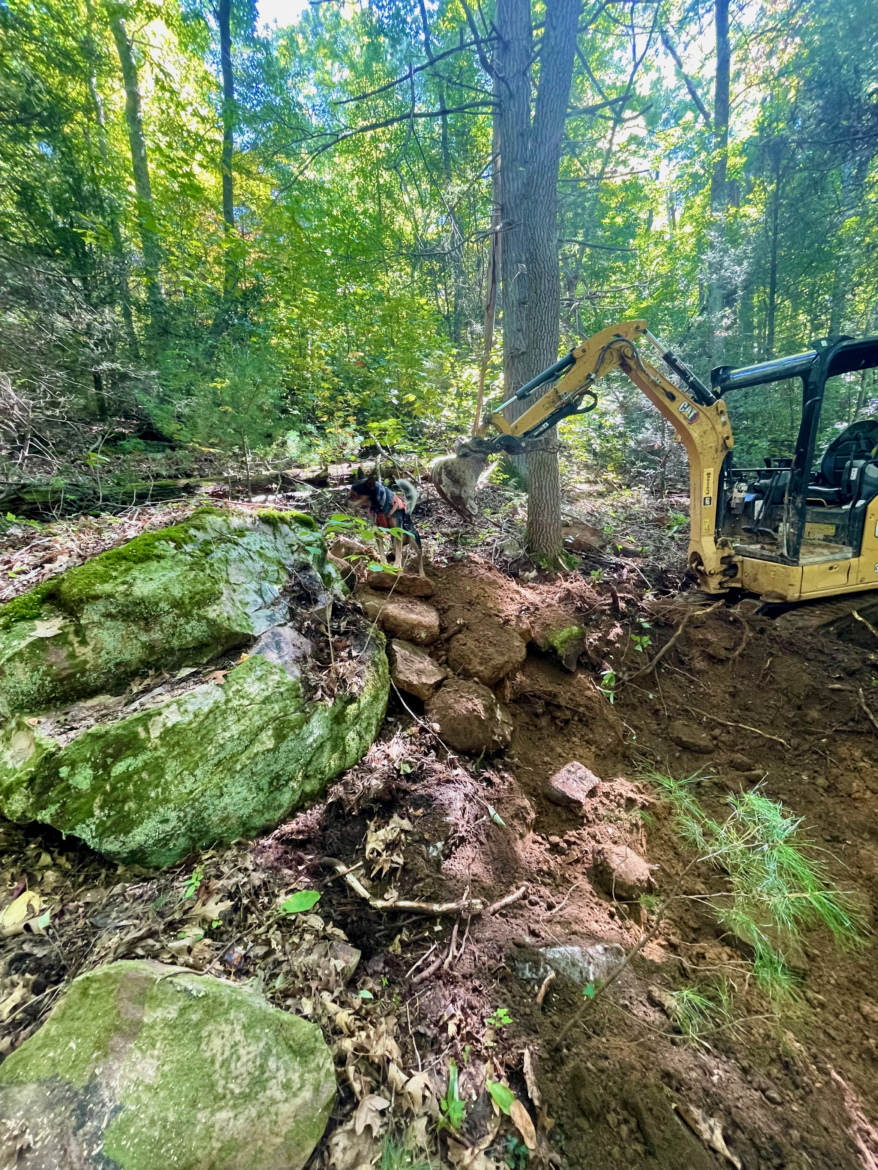
The Tweetsie Trail
As SORBA Tri-Cities wrapped up phase one with the addition of Bee’s Knees and Stemwinder, they spotted another opportunity. The Tweetsie Trail is a historic railway that has been converted into a pedestrian path, running from Johnson City to Elizabethton. While the landmark railway continues south from Elizabethton to Hampton, it has yet to be converted to a pedestrian path.
As luck would have it, the property with the undeveloped section of the Tweetsie Trail had been gifted to Carter County. Completing the Tweetsie Trail from Hampton to Johnson City would establish a pedestrian corridor, connecting the Hampton Watershed Trails and Tannery Knobs Bike Park. To complete the Tweetsie Trail, a new 250-foot bridge would need to be constructed.
“[Phase two] became a very big project really quickly,” Bradley said.
Fortunately, Carter County Mayor Patty Woodby recognized the project’s value and petitioned the governor of Tennessee. As phase two commenced in 2022, Carter County was awarded $6.3 million for the expansion of the Tweetsie Trail and Hampton Watershed.
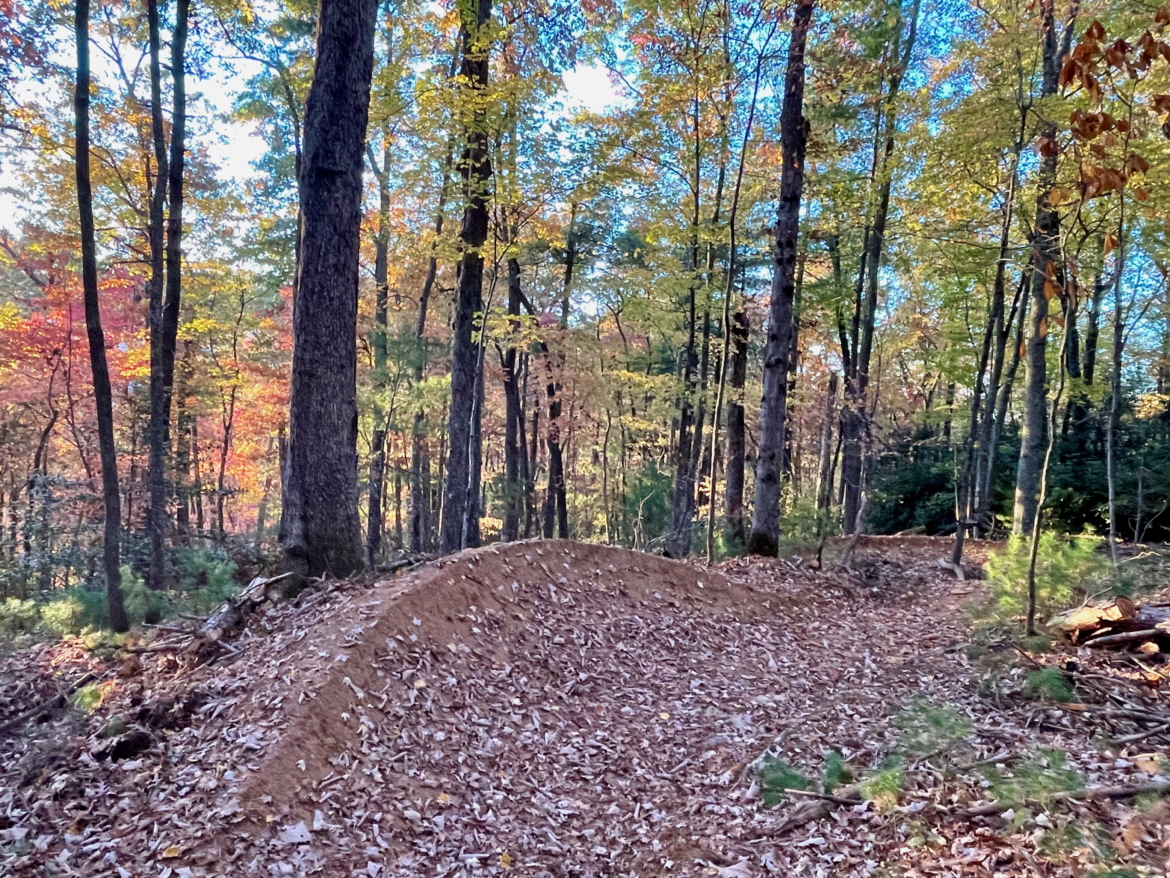
Six more miles of singletrack are on the way
“Phase two is flagged and ready — shovel-ready,” Bradley told us.
In phase two at the Hampton Watershed, SORBA Tri-Cities will add another six miles across three new trails, bringing the system’s total up to 12. The plan is to utilize the untouched land leading to the nearly 3,300-foot summit of Cedar Mountain, located behind the current trails.
A hub will be created where the two latest trails, Bee’s Knees and Stemwinder, meet. From that hub, a new climbing trail will ascend to the summit of Cedar Mountain, offering 360-degree views of the surrounding area. Two descending trails will begin on the summit, each dropping approximately 1,500 feet in elevation over a distance of around two miles. Both trails will run parallel to each other, with one being an advanced black trail and the other a slightly less steep intermediate descent.
Contour Trail Design built Bee’s Knees and Stemwinder during phase one, and Bradley said that while nothing has been finalized, he imagines they will do the phase two expansion as well.
Phase three hopes
“When we realized that the governor was wanting to put in money toward this, that really opened up the opportunity for our phase three part of the project for the watershed,” Bradley said.
Phase three will not significantly expand the trail system. Instead, it will add several trailhead amenities, including a pump track, a kids’ course, and a slopestyle/dirt jump course. Bradley shared that the slopestyle course will become progressively larger, with four lines beginning with a green jump line and progressing up to a double-black.
While the trails are shovel-ready, the timeline is uncertain
While phase three is still a ways off, Bradley shared that, unfortunately, phase two has been put on hold for the time being. Before moving forward with the trail expansion at the Hampton Watershed, the county commission would like a master plan for the Tweetsie Trail expansion.
SORBA Tri-Cities hopes to have that wrapped up and be back to expanding the watershed trails by 2026.








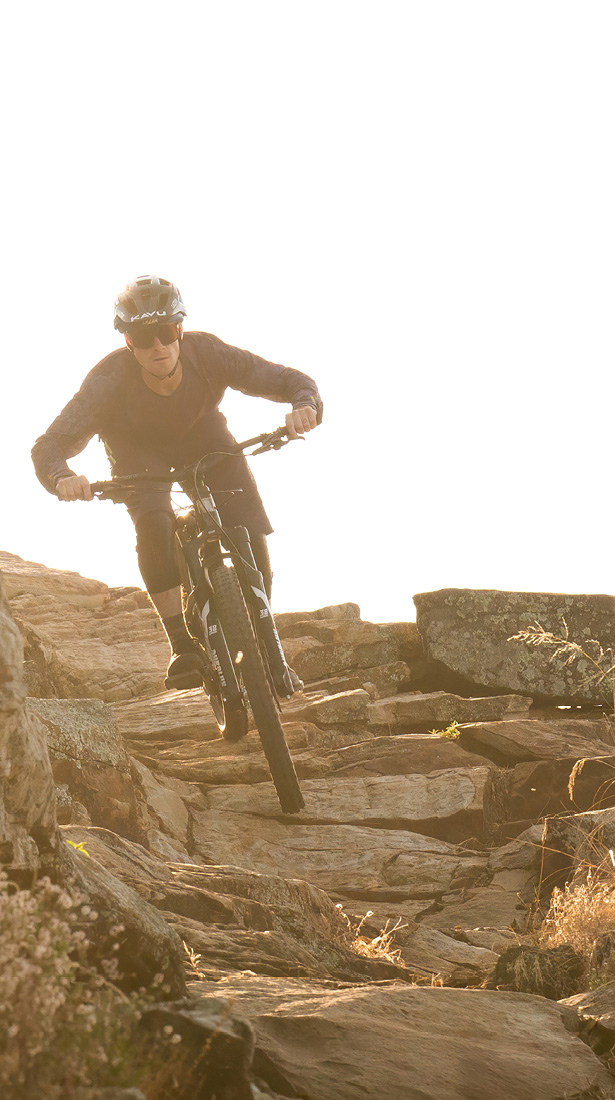
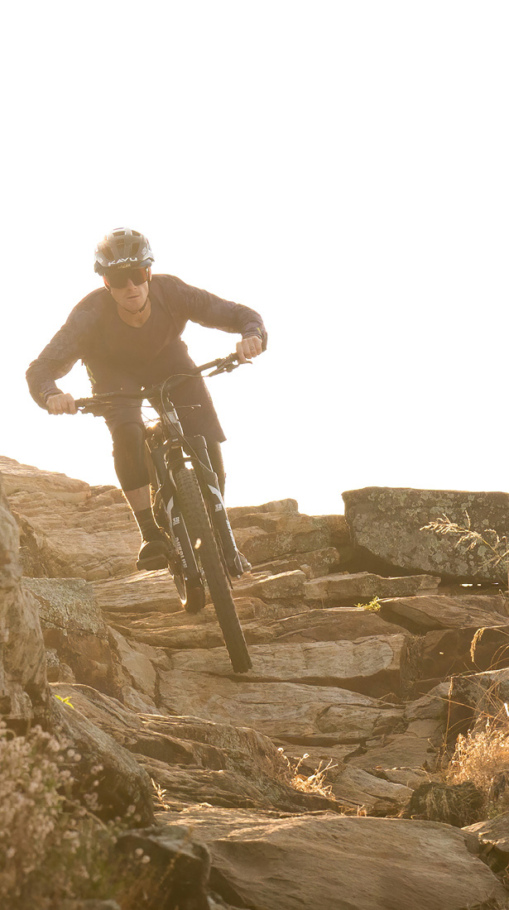


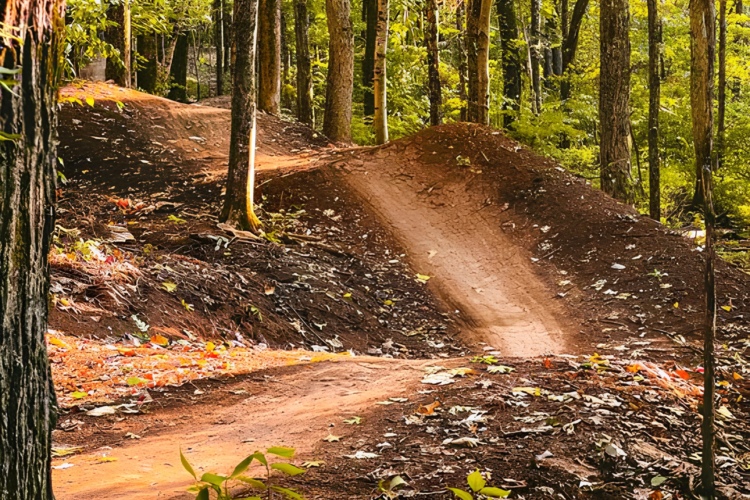
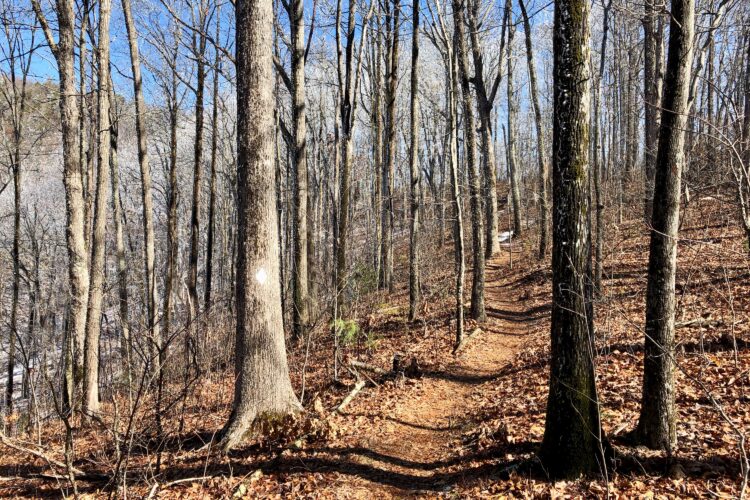




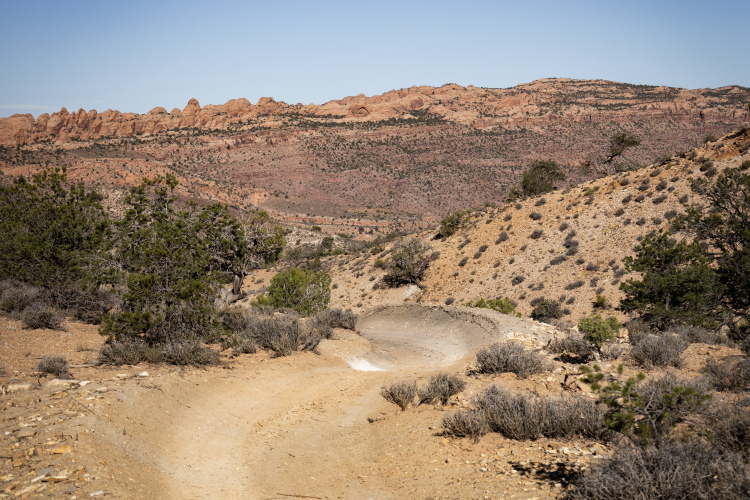


2 Comments
Aug 1, 2025
Aug 8, 2025